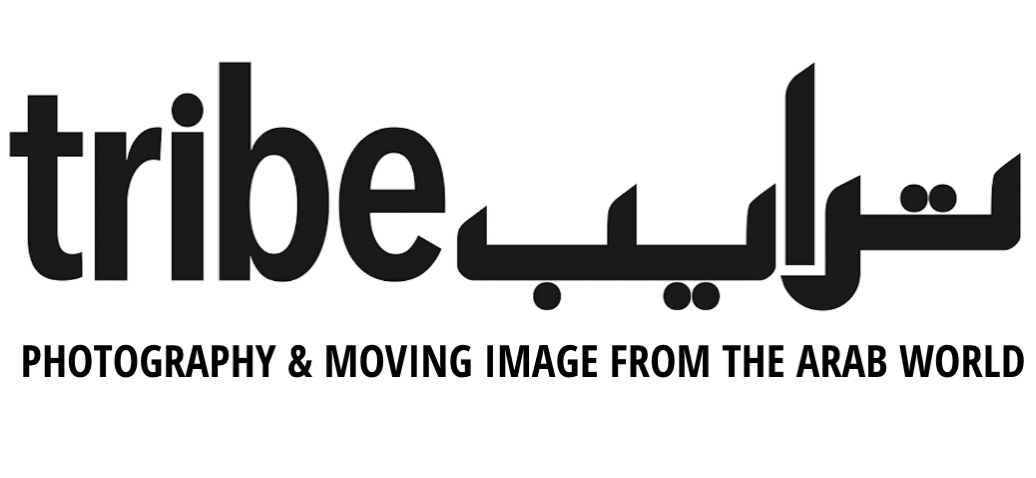Jellel Gasteli: Form and Surface
An interplay of principles, dimensions and art movements
Jellel Gasteli, No.VI, from the series Carnets de Tanger (1996), Archival pigment print. Courtesy of the artist.
With text by Emma Warburton, arts writer and researcher.
Contemporary Tunisian photographer Jellel Gasteli has maintained a close relationship with formalism over the last three decades. Since his early career, the artist has adhered to a set of principles guiding the subject matter and style of his photographs, and always considers the interplay of colour, line, shape, and texture in his work. But Gasteli’s work is not purely formalist. On the contrary, a striking feature of the artist’s photography is that it references numerous contemporary art movements at once, including conceptualism, minimalism, and abstract expressionism to name just a few.
Gasteli shot much of his early work in black and white, and the monochromatic trend lent itself to his propensity for formalism. But these projects also reveal the artist’s initial interest in minimalism and conceptual art. Série Blanche (1996) is a collection of monochrome images of outdoor walls, corners and passageways described in white concrete. The scenes are still and quiet, and lack any suggestion of movement, time or life, except for the cast shadows caused by the sun. Here we see Gasteli bridge formalism with conceptualism, as shadow takes on metaphoric significance. His project Série Eclipse (2001) carries this metaphor further in a sequence of images that traces a building’s shadow as it travels from West to East with the movement of the sun. The images in Série Eclipse are captured at precise intervals throughout the day, in order to illustrate the concept of time passing. Essentially, the series is a visual representation of time itself, and proof of its relationship to landscape. Série Eclipse is not about the shadows, but what the shadows represent, and in conceptual art the principle idea is the most important aspect of a final work. In Série Eclipse, the concept behind the photographs is more important than the individual photographs themselves, since the documentation of any shadow over a period of time would essentially illustrate the same idea.
In later photography projects Gasteli abandons in part the conceptual angle to explore principles behind minimalism, hard-edge abstraction and colour-field painting. Carnet de Marrakech and Carnet de Tanger (2017) mark a distinct shift in the photographer’s style as he abandons the monochrome palette in favour of a full colour spectrum. Gasteli’s approach remains rooted in formalism, and as seen in earlier work, walls and shadows feature prominently as the subject matter in both series. But now Gasteli experiments with shortening the distance between himself and the surfaces he photographs, thus abstracting them from their surroundings and intensifying the viewer’s focus on texture, line, and form. For many of the images found in Carnet de Tanger and Carnet de Marrakech, the artist creates minimal compositions guided by the naturally occurring textures, shadows and cracks on the walls. Using framing techniques Gasteli flattens three dimensional spaces into two, and combines multiple planes into singular surfaces.
The resulting compositions are reminiscent of Ellsworth Kelly’s minimal hard-edge paintings of the 1970s, or Mary Heilmann’s more expressive colour field paintings of the same era. Several of the surfaces are divided into grids, recalling the work of Piet Mondrian, the Dutch painter and theoretician whose minimalist grid paintings in primary colours highly influenced art and fashion of the late 20th century.
In more recent work, Gasteli expands his photography practice to experiment with some of the fundamental principles underpinning neo and abstract expressionism. A series of untitled photographs of walls from 2018 shows the artist making a gradual departure from the influence of flat, hard-edged minimalism, instead turning his camera to raw textures and more expressive surfaces. Untitled No. IV and Untitled No. XVI, for instance, capture in detail the cratered surfaces of walls that are badly chipped and peeling. The images are strongly reminiscent of abstract expressionist paintings, in particular the work of artists such as Jackson Pollock and Jean Paul Riopelle, whose dynamic paintings emerged from pouring, splattering and dripping paint onto canvas in layers. For other images in the series, such as Untitled No. IX, Gasteli embraces the primitive aesthetic of neo expressionism by focusing on simplified forms and crude marks on the wall, suggestive of artists such as Jean Michel Basquiat or Jasper Johns.
Gasteli began his practice as a formalist, and essentially he remains a formalist today. Cosmetic considerations like colour, line and composition will always be at the core of his creative process, for as long as he continues to point and shoot. But while formalism is typically known for its stylistic and conceptual rigidity, Gasteli’s version is comparatively playful, curious and open, and he experiments with multiple visual languages in his photography work. He is a photographer who appreciates subtlety and the poetics of place. He seeks to capture formal beauty in informal circumstances, and redefine the banal and the imperfect with a new artistic value.


